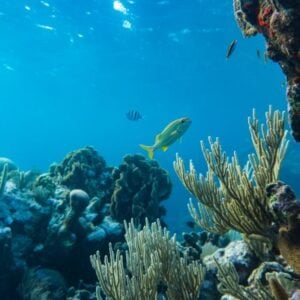On the night of 29–30 July, a powerful undersea earthquake with a magnitude of 8.8 struck off the coast of Russia’s Kamchatka Peninsula. It was the strongest earthquake recorded globally since the 2011 Tōhoku earthquake in Japan and ranks among the ten most powerful since 1900. Within just ten minutes of the quake, UNESCO’s Pacific Tsunami Warning System issued an alert for high-risk areas, particularly along the Russian and Japanese coasts.
The alert, part of UNESCO’s global early warning system, was quickly relayed by national agencies, enabling prompt evacuation measures. Within 20 minutes, detailed flood forecasts were issued, prompting additional countries bordering the Pacific Ocean—including China, Indonesia, Mexico, the Philippines, Peru, the United States, and New Zealand—to issue their own alerts or undertake preventive evacuations.
UNESCO’s global tsunami warning system was established following the devastating 2004 Indian Ocean tsunami. It functions through a coordinated international network of sensors, tide gauges, and regional warning centers. The system ensures rapid, science-based alert dissemination from monitoring agencies to national authorities and, ultimately, to at-risk populations.
Currently, the system spans multiple ocean basins including the Pacific, Indian, Caribbean, Northeast Atlantic, and Mediterranean. It is designed not only for emergency alerts but also for long-term resilience-building.
In addition to issuing warnings, UNESCO implements the Tsunami Ready programme in 43 countries. This initiative trains coastal communities in risk reduction strategies, including evacuation planning, public information campaigns, and localized warning systems. Regular drills are conducted to test these systems and improve community preparedness.
UNESCO also advances ocean science by supporting research in tsunami dynamics, seabed mapping, ocean observation, and disaster risk modelling. These efforts contribute to more accurate forecasting and improved management of tsunami risks, reinforcing the organization’s role in protecting vulnerable coastal populations worldwide.




